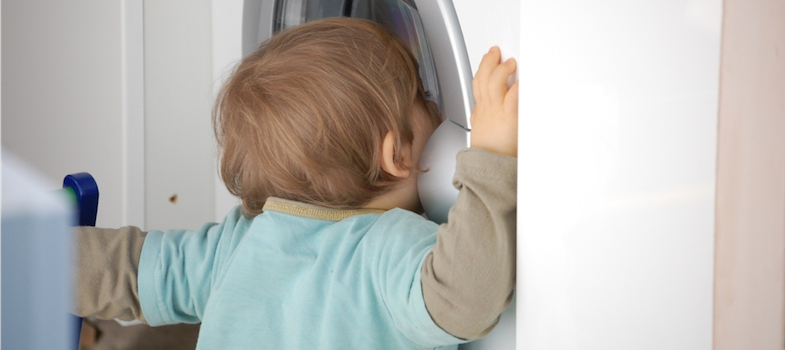Comment on Activity 3.2
As with selecting the images in Activity 3.1, the examples given by Sue raise interesting questions about what you choose to photograph. For example:
Do you only choose object that you have seen them taking pleasure in?
Would you photograph the items they threw away?
Are items a child would like you to photograph more important than ones you have also noted?
If the child has grouped objects should you take pictures of them separately or grouped?
Should you include the child in the photograph or not?
Is it just as valid to find pictures of objects that interest the child, which is not of the specific object the child knows personally?
The personal view of the practitioner is also evident in the contrasting views about appropriate equipment. Sue, for example, suggests that something larger than an iPhone would be problematic, whilst other practitioners are happy to use an iPad. In earlier research a large Nikon SLR camera was used, and like Sue and a number of practitioners who have been interviewed, the pictures were printed off.
It also seems to be clear that using a piece of technology can be problematic around some children as they may find it particularly interesting, but that this is not the case around all of them. Some understand the process better than others and may fully engage with it, but a common view is that some children will obsess about the technology or become too distracted by its presence. There is no doubt that a number of people have found that getting out their phone or tablet can cause ‘problems’. There is a self-fulfilling danger in this view, of course; avoiding using technology of this kind out of a belief that it will be a distraction can mean that when it is used it is such a novelty that it becomes the focus of interest. Some practitioners have talked of finding ways of using it that makes a regular part of what is going on or as Sue also suggests using it in a discreet way.
Sue also highlights how a habit of using photos for outcomes or as part of routines and celebration can make it harder to use them as a tool for communicating the child’s interests. This is something which other practitioners have also noted. As a consequence it has made them reflect upon the ways in which they have come to see the use of photographs. For some it has felt like a release from only viewing them as an evidence-base for the child ‘achieving something’. Some practitioners have suggested the photographs serve as an opportunity to represent things which appear important to the child, which could not be communicated through words and so allow you to explore more closely what the child was interested in. They have also talked about the value of photographs for all involved in a situation too. One commented:
With photos again they are just so good at jogging your memory, aren’t they? Because your head is so full of lots of things you’ve got to do. And having the photo you can almost remember what was happening, remember the mood; you get so much from a photo.
